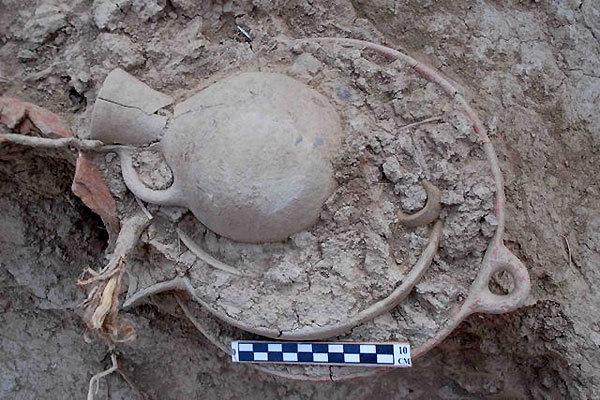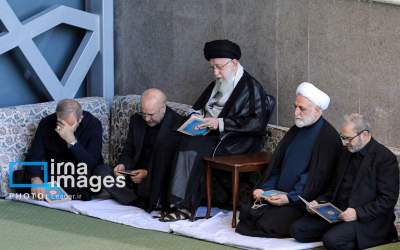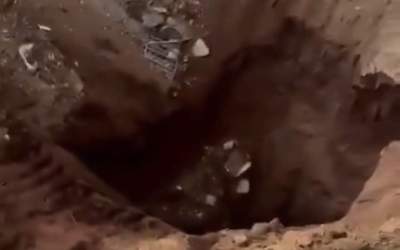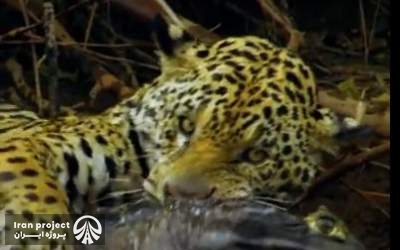Sunday 11 September 2016 - 11:41
Story Code : 230830
Pottery uncovered in Iron Age cemetery hill in Qazvin
A Cultural Heritage Research Center local archaeologist and the head of a team working on delimiting the cemetery hill in Qazvin alluvial plain told reporters on Saturday that they had been excavating the site in 68 places with depths varying between 1 and 6 meters; �the southwestern part of the site has the largest number of excavations with 28 cases. Preliminary estimations by Yousef Majidzadeh suggest the chalcolithic part of the site has a 100-hectare peripheries; our present excavations roughly found more or less the same delimitation for the site,� Nowzar Heidari told the press. �The visible scope of the cemetery hill (Iron Age and settled-industrial sections of the chalcolithic period) has been estimated to be 7 hectares before new excavations. We estimate widening the scope to 17 hectares in the near future.�
Heidari also added that the widening in the northern side will be the least with most widening in southwestern side of the site; �excavations uncovered pottery in good conditions; a new tomb was excavated to examine whether the newly-found tomb is part of the older tombs excavated earlier, where we found that it was part of the Iron Age cemetery and had not been discovered for a long time,� he said.
�Agricultural activities and irrigation mode have damaged the sepulchers, with most bone parts irrevocably lost,� he concluded.
By Mehr News Agency
prev
next
Latest News
Most viewed











